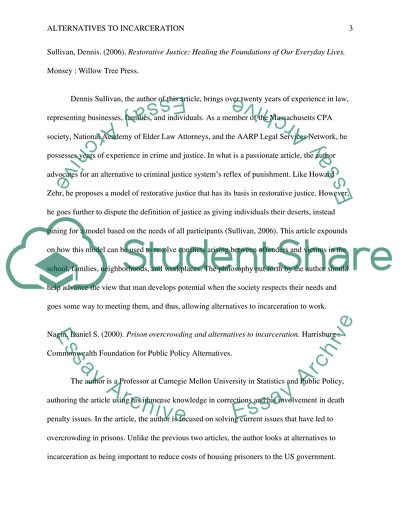Cite this document
(“Alternatives to incarceration Essay Example | Topics and Well Written Essays - 1000 words”, n.d.)
Retrieved from https://studentshare.org/literature/1485469-alternatives-to-incarceration
Retrieved from https://studentshare.org/literature/1485469-alternatives-to-incarceration
(Alternatives to Incarceration Essay Example | Topics and Well Written Essays - 1000 Words)
https://studentshare.org/literature/1485469-alternatives-to-incarceration.
https://studentshare.org/literature/1485469-alternatives-to-incarceration.
“Alternatives to Incarceration Essay Example | Topics and Well Written Essays - 1000 Words”, n.d. https://studentshare.org/literature/1485469-alternatives-to-incarceration.


